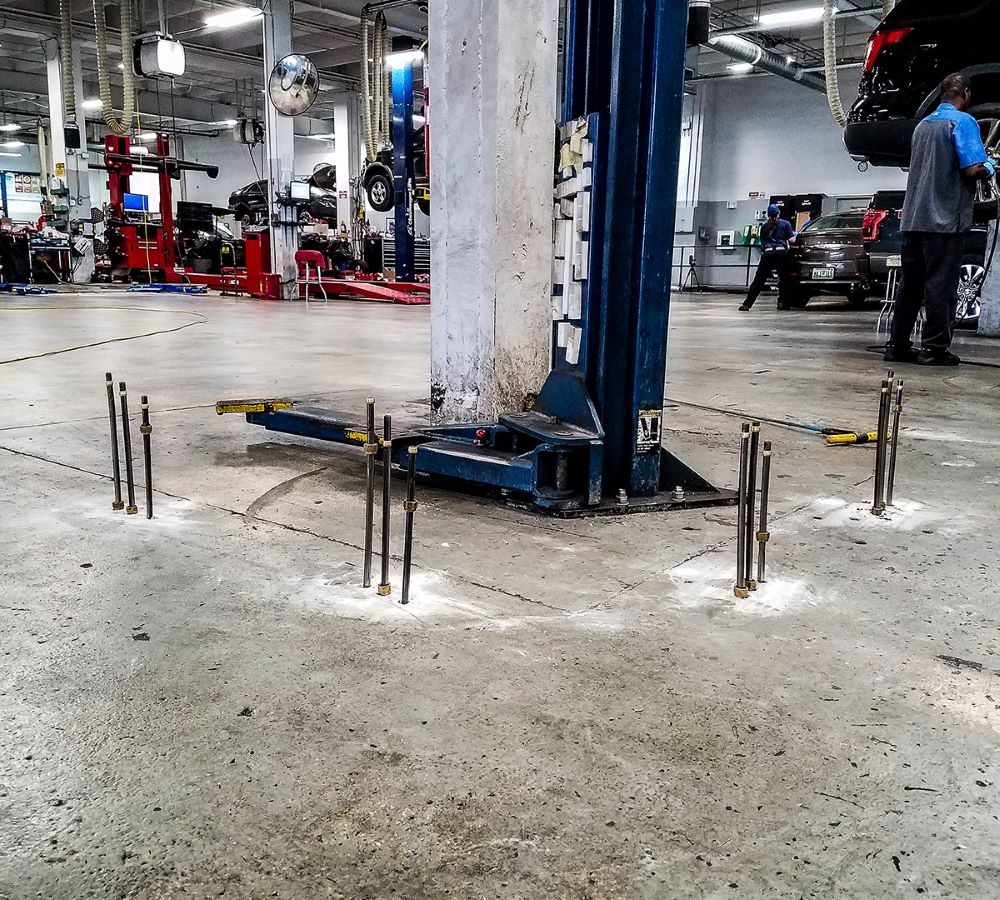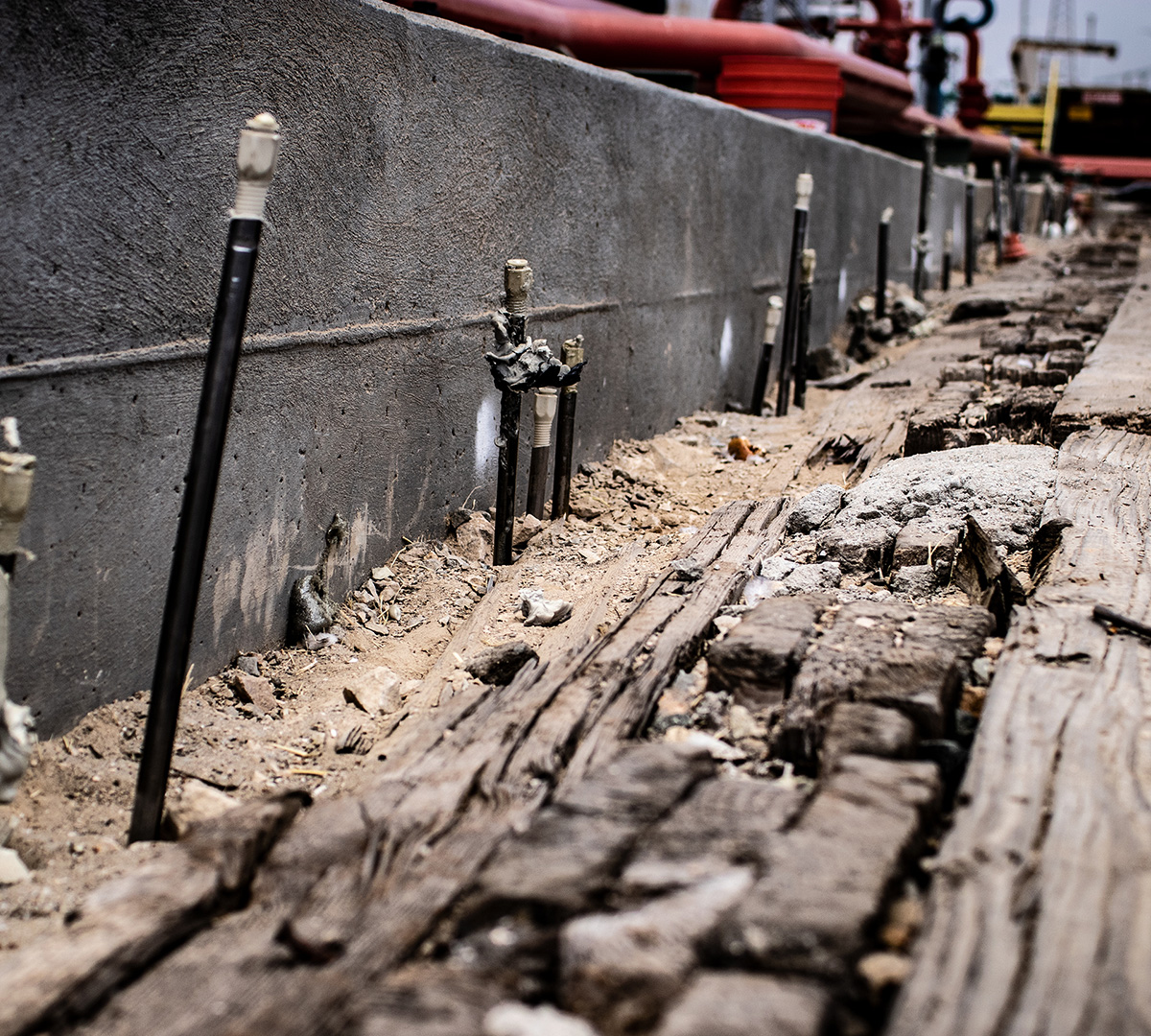Why use compaction and permeation grouting?
Compaction and permeation grouting are used when soils are poor and unstable. The process is used to increase the density and load bearing capacity of the soil.
FAQs
- What is the difference between compaction grouting and permeation grouting?
Permeation grouting uses moisture-activated polyurethane that absorbs into the soil to stabilize wet or loose ground, while compaction grouting involves injecting polyurethane that does not absorb, but instead compacts and reinforces the soil beneath foundations and structures.
- When should permeation grouting be used?
Permeation grouting is ideal for wet environments and areas with uncontrolled water drainage, such as around bulkheads or seawalls. It stabilizes loose soils by absorbing and expanding within them.
- What situations call for compaction grouting?
Compaction grouting is best for stabilizing soil beneath buildings, pole barns, slabs, and structures with known compaction issues. It’s also used to stop leaks behind basement walls or reinforce areas without major settlement.
- How deep can grouting be applied?
Grouting is typically applied at depths of four to five feet using metal injection pipes. For deeper needs, specialized methods are used to inject grout at the required depth.
- Is the grout safe for use around water?
Yes. Idaho Concrete Lifting uses hydrophobic, NSF-ANSI 61 polyurethane grouts, which are approved for use near potable water and are safe for both residential and commercial applications.


